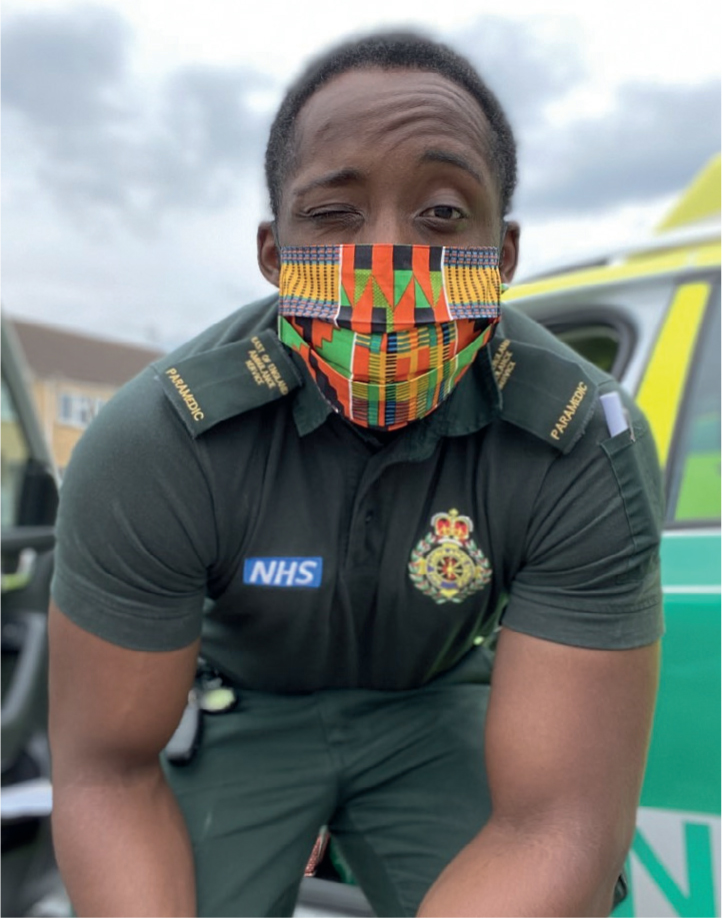‘6 foot 9?’ Another guess going wide of the mark from our third conscious and breathing patient of the shift—a guess coming a few minutes after my sigh of relief and stand down of helimed as it had come through as a confirmed choking.
The life of a black paramedic in England is slightly difficult to contextualise. It is easy to say ‘my experience is my experience only’, but more often than not, I feel my experience is probably a carbon copy of that of other black staff.
According to Working Race Equality solutions (WRES) data, East of England Ambulance Service Trust (EEAST) has a black and ethnic minority (BME) workforce of 3%. Being literally the only person of colour at the interview stage had me prepared for what the paramedic pathway and working life would have been like if I was successful. It was never going to be a hindrance though. I knew I had what it takes to achieve paramedic status and would be doing it among like-minded people—ones who want to provide care, because that's the main point right? However, going forward from there is what can be worrying. Figures from the same WRES data would also tell you of the wide disparity between BME and white staff in leadership positions—but we'll get back to that.

Ultimately, the job is the same, irrespective of race. Turn up to station, sign on, provide high-quality emergency medical care, go home (for me, that would happen to be Waltham Abbey, Essex). Shift starts with a fist bump to my dependable EMT crewmate Simon and a small prayer to God that I bring the best possible care to every patient attended. But being black in EEAST means you stand out whether you like it or not. How is it that I'm not the tallest in the division but would no doubt get the ‘you should be playing basketball’ line from a patient or relative.
Although being black makes it easier for patients to identify me when prospectively wanting to thank us for receiving good care, it also seems to be a driver for micro-aggressions such as responding to my crewmate when it's me asking the questions, or being physically likened to many famous black faces. Anthony Joshua, Stormzy and Ovie Soko don't even look alike, yet to a significant proportion of the community in Essex, I manage to look like all three of them. I know full well that being compared to about eight different people in 1 month's worth of shifts isn't bestowed upon my white counterparts.
I'm looking for 35 years more service, hoping to gain the skills to shoulder the responsibility of critical care, and maybe even leadership. The WRES data around the latter would have me thinking two things: 1) BME staff need to work harder to get to that level or 2) the NHS does not want diverse leadership.
To the 3%, I call upon us to realise we are worth as much as we want to be in the ambulance service. To the 97%, I call upon you to understand that improved diversity will bring a multi-layered, stronger model of care.
To my mother, who raised three young kings, you will see your son's name in this journal again—this time, for his clinical academics.
Just (A poem)
Alpesh Mistry
Paramedic, West Midlands Ambulance Service, Coventry hub
Featured Tweet
@NHSEmployers
We stand with our BME colleagues and their anger at racism. Real change has been too slow, if at all. As an employer, you can help tackle discrimination in your #NHS organisation, access our resources to help you implement change #BlackLivesMatter https://www.nhsemployers.org/news/2020/06/access-resources-to-tackle-racism-and-discrimination

